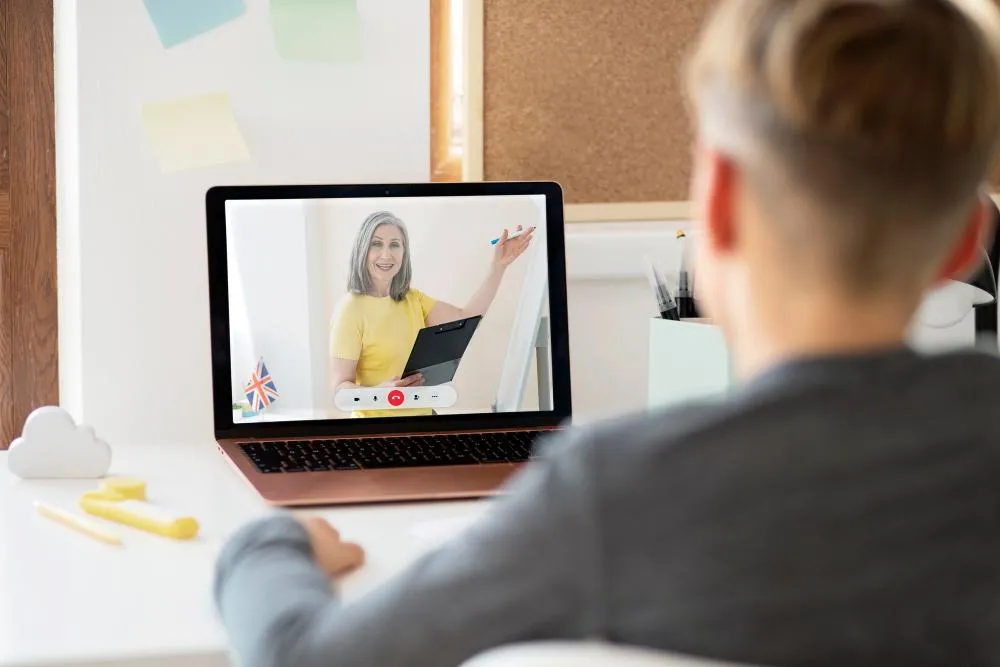BLOGS

5 Creative Strategies to Promote Video Communication Skills in Students
In today’s fast-paced digital world, mastering video communication skills is more than just a necessity; it’s a way to stand out. Whether it’s engaging in online classes, presenting ideas in virtual meetings, or sharing stories on social media, the ability to communicate effectively through video is invaluable.
So, how can we ensure our students are not just participants but leaders in this digital age? Here are five strategies to enhance students' video communication skills, setting them up for success both inside and outside the classroom.
1. The Video Diary Project
Encourage students to keep a video diary, reflecting on their daily experiences or thoughts on weekly prompts. This exercise helps them get comfortable in front of the camera, focusing on expressing their ideas clearly and authentically. Over time, this builds their confidence and hones their ability to communicate effectively through video.
2. Peer-to-Peer Video Exchange
Implement a peer-to-peer video exchange program, where students create and share short videos with classmates or students from partner schools around the globe. This not only enhances their video communication skills but also promotes cultural awareness and empathy, making them global digital citizens.
3. The Virtual Debate Club
Organize virtual debate sessions where students research, argue, and counter-argue on various topics. This format teaches them to articulate their thoughts persuasively and confidently, fostering critical thinking and the ability to engage in respectful discourse.
4. Script and Shoot Mini Documentaries
Task students with creating mini documentaries on subjects they're passionate about. This project encourages research, scripting, filming, and editing, offering a comprehensive skill set in video production. It's an excellent way for students to learn storytelling, technical skills, and project management.
5. Video Feedback Sessions
Integrate video feedback sessions where students critique their own and their peers’ projects. This constructive practice encourages self-reflection and the ability to give and receive feedback, essential components of effective communication and continuous improvement.
Conclusion:
Developing video communication skills in students is crucial for their success in the digital age. These strategies provide a solid foundation for students to express themselves, connect with others, and present their ideas effectively using video.
To further enhance this learning experience, schools can consider establishing "School Studio" facilities. "School Studio," with its advanced recording and editing capabilities, offers students the tools and technology to take their video communication skills to the next level.
By integrating hands-on experience with professional-grade equipment, students can produce high-quality content, collaborate on creative projects, and develop a deeper understanding of digital media.
This forward-thinking approach prepares them not just for the classroom or online learning but for a future where video communication reigns supreme.
Copyright 2024 Company. All rights reserved. Various trademarks held by their respective owners.





